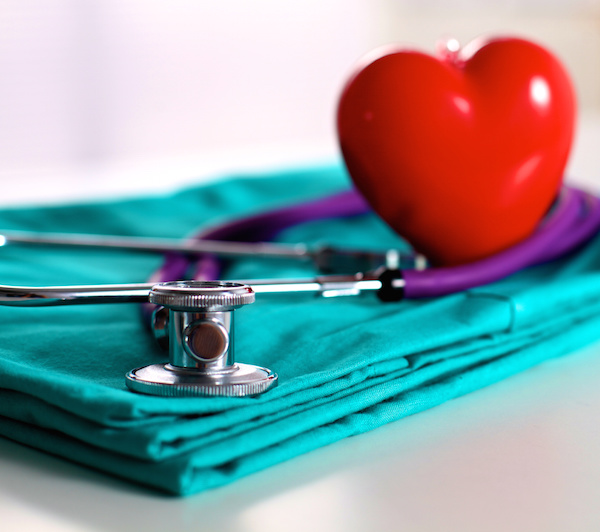
MONDAY, Feb. 9, 2015 (HealthDay News) — Extremely obese kids in an intensive 10-month residential treatment program lost more weight than their counterparts, and appeared to reverse artery damage that could lead to clogged arteries and heart disease, according to a new study from Belgium.
The obese children in the intervention program lost about 60 pounds. Meanwhile, children who received standard diet and exercise counseling gained more than 16 pounds, according to the study.
In the big picture, the study proves that “cardiovascular risk in highly obese children can be reduced through a residential treatment program focusing on diet and exercise,” said study lead author Dr. Luc Bruyndonckx, a post-doctoral researcher at the University of Antwerp/Antwerp University Hospital.
The study was published online Feb. 9 in the journal Pediatrics.
An estimated one in three children in the United States is overweight or obese, according to the latest estimates from the U.S. Centers for Disease Control and Prevention. As many as 70 percent of obese kids aged 5 to 17 already have at least one risk factor for heart disease, such as high blood pressure or high cholesterol, the CDC noted.
In the new Belgian study, researchers tracked 33 kids (24 girls and nine boys, with an average age of 15) for 10 months while they lived in a residential weight-loss facility. Researchers also tracked 28 similarly obese kids encouraged to reduce calories and exercise at home. By the end of the 10-month study, six children dropped out of the residential intervention and seven dropped out of the usual care group.
To be included in the study, children younger than 16 had to have a body mass index in the 97th percentile for their age and gender. This means they were more obese than 97 percent of their peers. Body mass index (BMI) is an estimate of a person’s body fat levels. Anything higher than 30 is considered obese, according to the CDC. Children older than 16 had to have a BMI of 35 or higher to be included in the study.
Kids in the program “start treatment during the summer holiday and start school in September in the center,” Bruyndonckx said. “Treatment lasts until June the following year. Over the weekend, children go back to their parents.”
The children in the program were only allowed to eat 1,500 to 1,800 calories a day. They also had to participate in physical activity every day and get mental health support.
Weight, body fat levels, cholesterol levels and blood pressure all improved in the children who took part in the residential program. In addition, the study was the first to show that obese children can reverse damage to the arteries that’s considered the first step toward clogged arteries, Bruyndonckx said.
The study did not include any long-term information on the children, so it’s unknown if they were able to keep the weight off and sustain the improvements in their blood vessel health.
A significant concern is the cost of the program. The researchers estimated that the residential program costs about $260 per child, per day. However, Bruyndonckx pointed out that obese adults are also expensive to society.
“We do believe that there is a place for residential treatment for motivated adolescents and children with severe obesity” for whom regular treatment isn’t sufficient, Bruyndonckx said.
Dr. Caroline Apovian, a professor of medicine and pediatrics at Boston University School of Medicine, said the study appears to be valid. It’s significant because it shows the reversal of the artery problems, she said.
“Endothelial dysfunction is the beginning of heart disease, which is striking to see in an adolescent,” Apovian said.
“This matters a lot in the long run as long as the weight loss is maintained,” she added.
More information
For more about obesity in children, visit the U.S. Centers for Disease Control and Prevention.
Copyright © 2025 HealthDay. All rights reserved.

